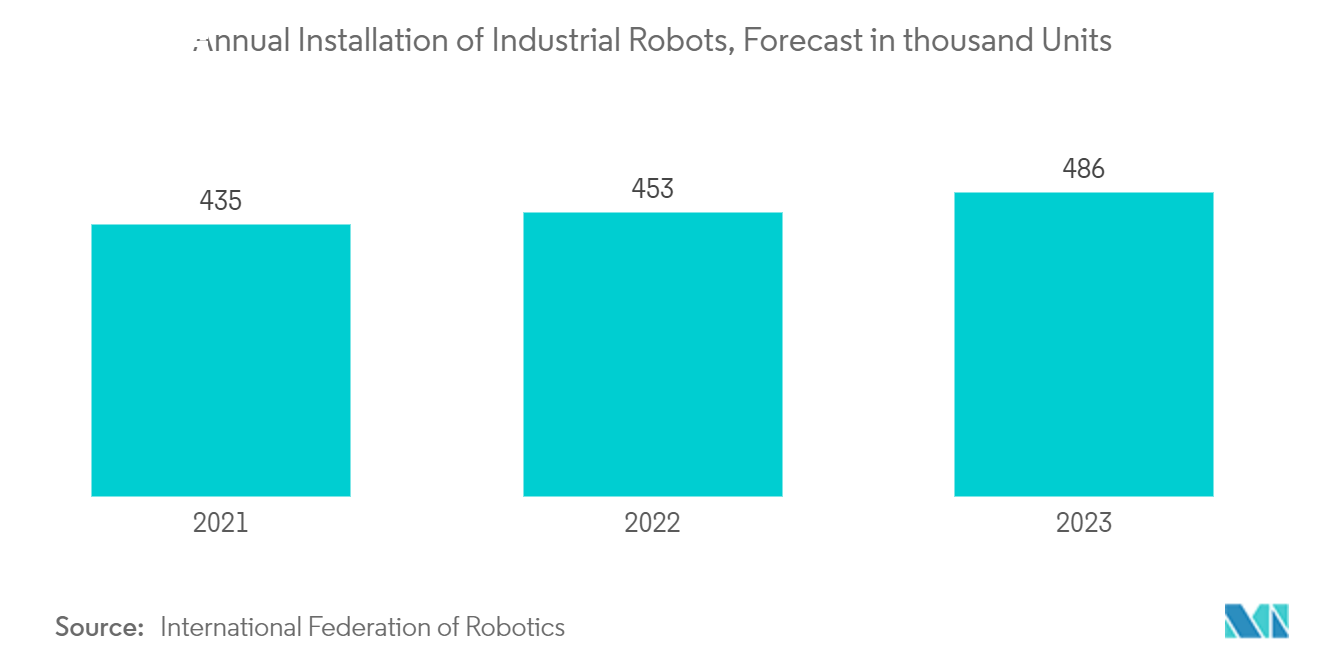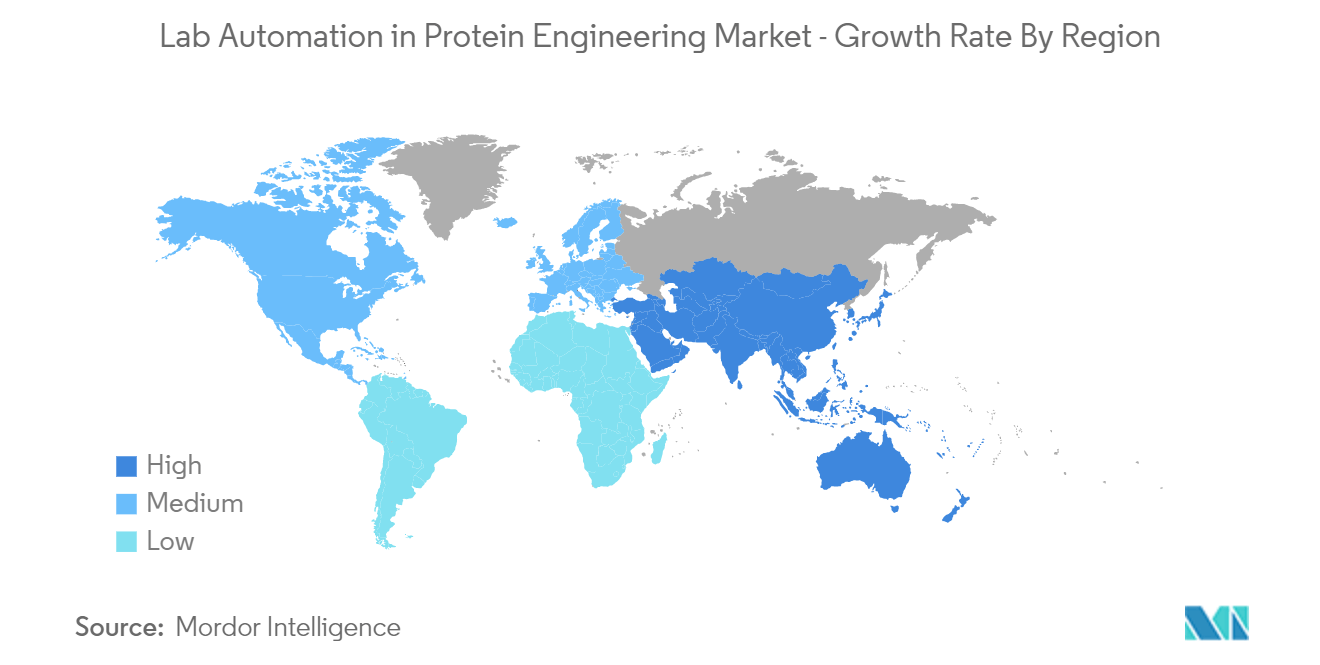Market Trends of Lab Automation in Protein Engineering Industry
This section covers the major market trends shaping the Lab Automation in Protein Engineering Market according to our research experts:
Automated Liquid Handler Equipment Accounted for the Largest Market Share
- Liquid handlers are usually employed in biochemical and chemical laboratories. Automated liquid handling robots help in dispensing samples and other fluids in laboratories. Automated liquid handlers minimize run times and maximize accuracy. Moreover, liquid handlers can operate across a wide range of volumes, extending into nanolitres, thus proving their usefulness in dispensing operations.
- Leading companies have set the benchmark for the development of automated liquid handlers and are constantly investing in developing premium products to increase productivity effectively. The evolution of liquid handlers, capable of handling minute volumes of liquids, has contributed to the rapid development of modular lab automation systems in the market.
- According to the Robotic Industries Association, the life science sector has the third-highest growth in industrial robots, in terms of automated liquid handlers, automated plate handlers, robotic arms, and others, to meet the demand.
- According to Parker, one of the trends in life science robotics is fluidics getting more straightforward in robotic analyzers. This trend arose because clinical laboratories and hospitals cannot afford an instrument to go down when critical samples are involved. Specific robotic systems that used to have 50 needles on the end of a dispensing unit and lots of tubing increasingly use special valve manifolds that eliminate the need for tubing and result in less chance of failure. The manifolds minimize the possibility of leakage.

North America Occupied the Largest Market Share
- North America has been a pioneer in clinical research for years. This region is home to major pharmaceutical companies, like Pfizer, Novartis, GlaxoSmithKline, J&J, and Novartis. The part also has the highest concentration of contract research organizations (CROs). Some significant CROs are Laboratory Corp. of America Holdings, IQVIA, Syneos Health, and Parexel International Corp. Owing to the presence of all the major players in the industry and stringent FDA regulations; the market is very competitive in the region. To gain an advantage over competitors, the genomics research organizations in the area are increasingly adopting robotics and automation in labs.
- The genomic industry, especially in the United States, is still growing and is expected to increase over the coming years. The availability of new genome sequencing technologies, well-established healthcare infrastructure, and the increasing geriatric population are significant contributing factors to revenue growth. In the United States, the need to accommodate growth and the drive to boost efficiency are priming blood centers to acquire fully automated walkaway systems to perform types and screens or test specimens for infectious diseases.
- Many companies are involved in innovation due to their extensive R&D capabilities. Individual areas of automation can encompass purification, protein engineering, compound synthesis, biological testing, and analysis in the lab equipped with a Magnamotion track.


